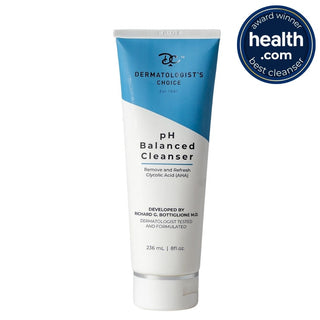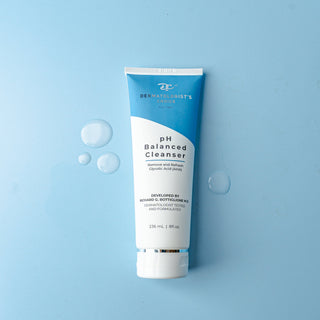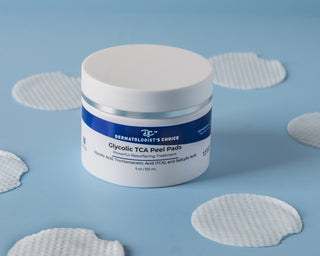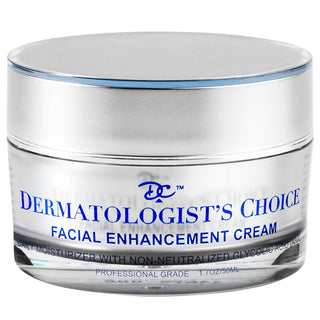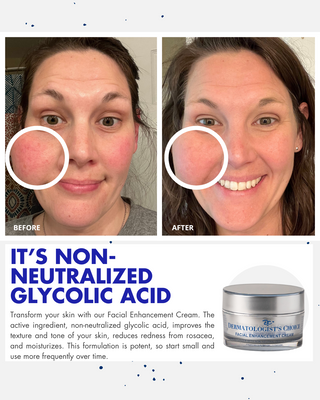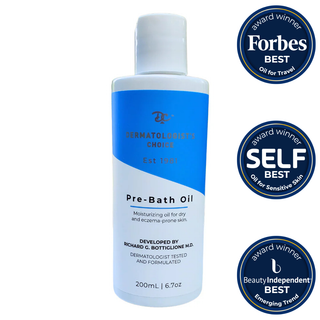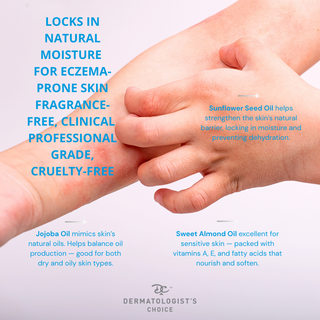
Chemical peels, also known as chemexfoliation, are a popular skincare treatment that involves the application of acid solutions to the skin in order to remove the top layers of dead skin cells. There are various types of chemical peels, including alpha-hydroxy acids (AHAs), beta-hydroxy acids (BHAs), and trichloroacetic acid (TCA). While chemical peels can be effective in improving the appearance of the skin, they can also cause redness and dryness as a side effect.
When a chemical peel is applied to the skin, the acid solution works to break down the bonds between the dead skin cells on the surface of the skin. This results in the removal of the top layers of skin, revealing the fresher, smoother skin underneath. However, the process of removing these cells can also cause inflammation and damage to the skin, leading to redness and dryness.
The exact mechanism by which chemical peels cause redness and dryness is not fully understood, but it is thought to be related to the way in which the acid solution interacts with the skin. The acid solution can cause the blood vessels in the skin to dilate, resulting in redness. Additionally, the acid solution can disrupt the skin's natural barrier function, leading to dryness and a loss of moisture.
A study published in the Journal of the American Academy of Dermatology found that redness and dryness were the most common side effects of chemical peels. The study also found that these side effects were more common with stronger peels, such as TCA peels, and were more likely to occur in patients with sensitive skin.
Another study published in the Journal of Dermatological Treatment found that the use of moisturizers can help to reduce the redness and dryness associated with chemical peels. The study found that applying a moisturizer to the skin immediately after a chemical peel can help to improve the skin's barrier function and reduce inflammation, resulting in less redness and dryness.
It's worth noting that chemical peels can be risky if done incorrectly and can cause severe skin irritation, burns, and even scarring. So, it's always recommended to consult a dermatologist before trying a chemical peel and to follow their instructions carefully to avoid any adverse effects.
In summary, chemical peels can cause redness and dryness as a side effect due to the way in which the acid solution interacts with the skin. These side effects are more common with stronger peels and in patients with sensitive skin. The use of moisturizers can help to reduce redness and dryness, and it's important to consult a dermatologist before trying a chemical peel and to follow the instructions carefully to avoid any adverse effects.
Try the milder Facial Enhancement Cream to reduce the chances of redness. Shop Here.




